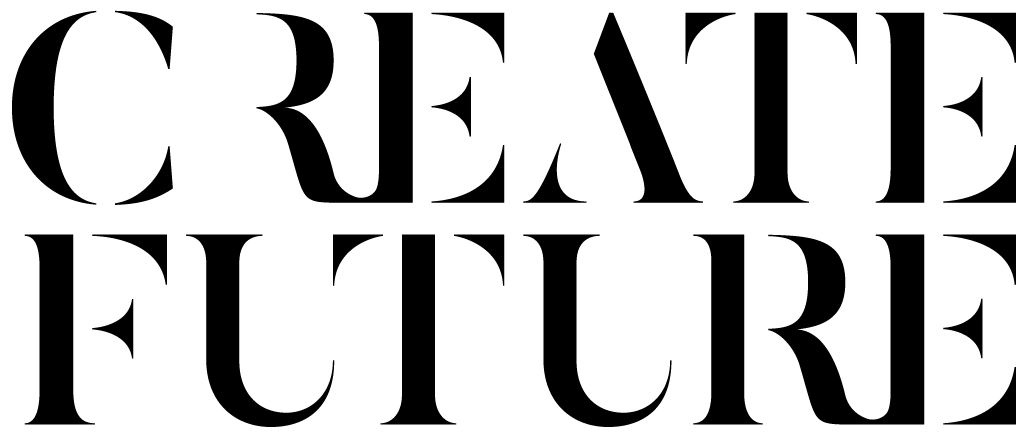Opening Up: Getting your icebreakers right
In this post, Nathan, our Strategy Director, shares a few quick tips for getting everyone in the right mood to be collaborative and creative in workshops, and how asking the right icebreaker question can result in 75% more creative answers.
We spend a lot of time at CreateFuture planning and facilitating workshops. We believe bringing diverse teams with a stake in the problem-space together is the best way to arrive at a solution that everyone believes in.
Whether it's for an hour, a day, or a week, running a workshop is asking for an investment in a number of people's time and attention.
If you're planning the workshop it is your responsibility to make the most of that time. If pointless meetings are painful, then pointless workshops are even worse.
Jessica recently filmed a great video series covering her 4 P’s of workshop delivery: Preparation, People, Process and Platform.
But today I want to specifically cover ice breaking. For some, it’s the most cringeworthy part of a session, but for me it’s a vital element for delivering a fun and productive day - and at CreateFuture we believe fun and productivity go hand in hand.
Whatever problem you're trying to solve, even if it’s a ‘boring but important’ one, you want people to feel secure, to feel listened to, and to feel and think creatively.
Kicking things off with team adidas in Shoreditch.
The Set Up
Your work in running a great workshop begins well before the workshop itself. Make sure everyone knows the purpose, the activities, and what's expected of them in enough detail to put them at ease. Be clear about why they are there and the important contribution they can make.
The Role Call
Secondly - the role call: the bit where everyone introduces themselves. This can sometimes feel unnecessary (and if you all know each other well, it is). It can also feel a bit formulaic, but there is its beauty: it's a ritual. A ritual that we're mostly comfortable with, even if we're introverts who don't like speaking up. It gives everyone time to settle into the meeting, and it acts as a portal from chit chat into focused workshop mode.
But… it’s not much fun. So here are two icebreakers I really like to append to it:
Common Ground
This works really well when you have larger groups, and going round to get everyone’s stories individually might take too long.
Pair up your attendees, or put them in groups of three, and give them 3 minutes to to find 3 things that they have in common - favourite food, pets, where they went to university, it’s entirely up to them.
It gets groups thinking fast, going wide and learning a little something about each other. It also gets the room working collaboratively from the outset, reducing any fear that they are solely responsible for the outcome of the session. The answers are going to come from communicating, collaborating and building together.
If you have time you can go around the room and ask people to share the three things - you always surface some fun facts about your colleagues, even if you’ve known them for years.
Dave getting to know the Brand USA team while working with Expedia.
Expansive Questioning
Choose your ‘getting to know you’ question carefully.
Matthew Syed shares a really interesting piece of research in Rebel Ideas that confirmed something we’d suspected from observing the mood in workshops.
Apparently when researchers ask participants to imagine ‘living in foreign country, the kind of things that happen, how they’d feel and behave’ they then went on to perform problem solving tasks 75% more creatively than those who’d be asked to think about their home town.
It seems that asking people to think about a time they’ve stretched themselves, done something new or put themselves out there - even if it’s as universal as going somewhere new on holiday - will put you and your workshop attendees in a more creative frame of mind for problem solving.
Does it work for us? It's hard to tell categorically, but we know from experience that establishing a fun, collaborative dynamic in the room is vital to getting the volume and breadth of creative contributions, the 'going wide' stage of ideation, that gives us the raw materials to arrive at better solutions.
In summary
Make people feel secure - through preparation and the ritual of introductions
Ensure they're recognised - and that they understand their contribution is important
Put everyone in a collaborative, expansive frame of mind - through your choice of icebreakers.
I’ve no doubt some of you will still be cringing as you read this! I'd love to hear your experience of icebreakers - whether you set them or experience them - and how they make you feel.
Break the ice, and get in touch.


